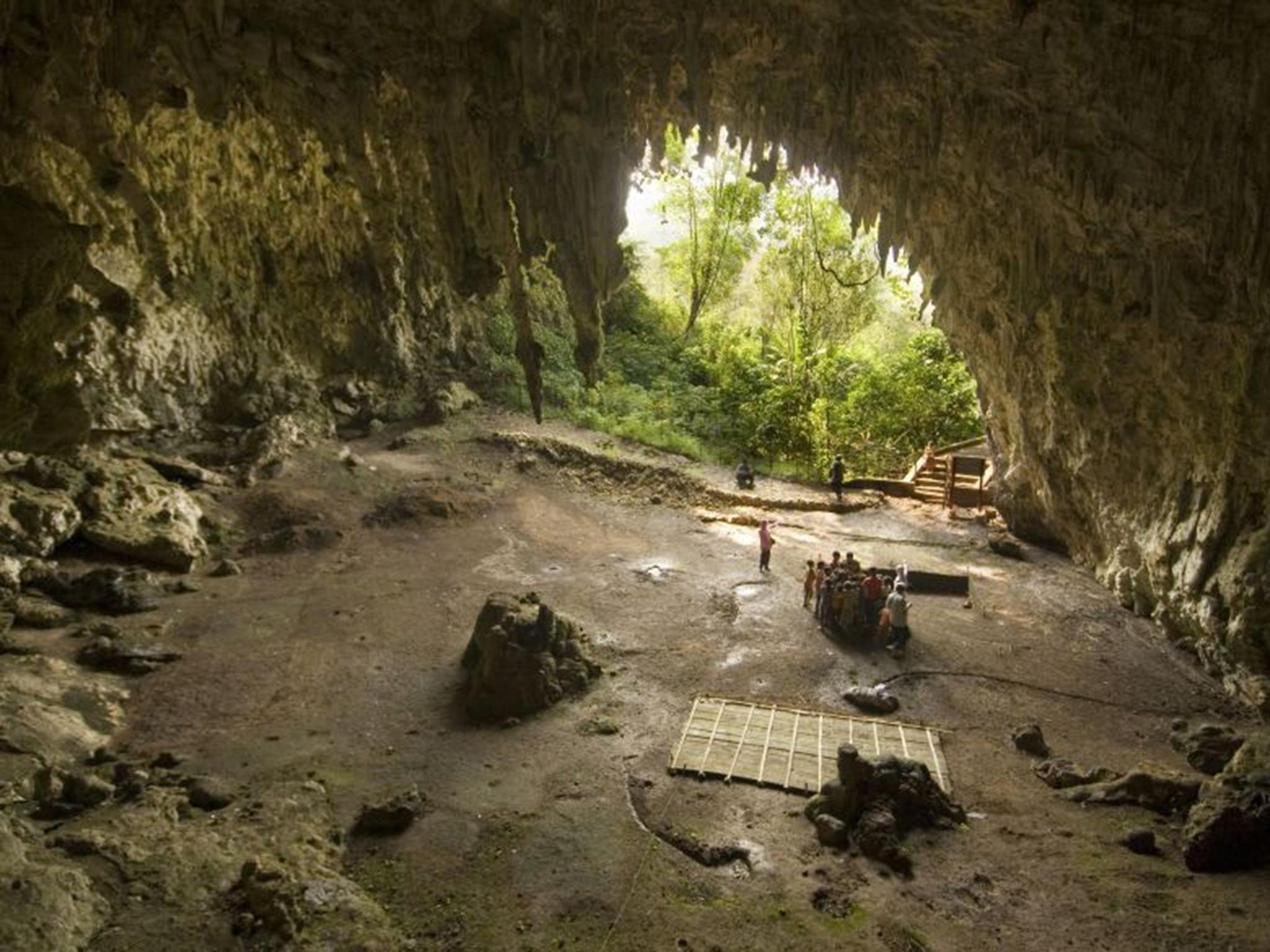Humans did wipe out real-life 'hobbits', say scientists
The 3.5ft humans were using stone tools in Indonesia 50,000 years ago

Your support helps us to tell the story
From reproductive rights to climate change to Big Tech, The Independent is on the ground when the story is developing. Whether it's investigating the financials of Elon Musk's pro-Trump PAC or producing our latest documentary, 'The A Word', which shines a light on the American women fighting for reproductive rights, we know how important it is to parse out the facts from the messaging.
At such a critical moment in US history, we need reporters on the ground. Your donation allows us to keep sending journalists to speak to both sides of the story.
The Independent is trusted by Americans across the entire political spectrum. And unlike many other quality news outlets, we choose not to lock Americans out of our reporting and analysis with paywalls. We believe quality journalism should be available to everyone, paid for by those who can afford it.
Your support makes all the difference.It may not yet be enough to convince a jury, but mounting evidence suggests ancestors of modern humans wiped out the world's only known population of hobbits.
A race of 3.5ft tall humans - known as “hobbits” - were using stone tools on the Indonesian island of Flores 50,000 years ago but then mysteriously vanished.
Scientists now believe modern Homo sapiens humans were using fire in the hobbits' cave at least 41,000 years ago.
The discovery of hearths in the Liang Bua cave indicates that hobbits and modern humans both occupied the site within 11,000 years of each other.
Researchers are searching for more evidence that will remove any remaining alibi modern humans might have.
If the two species came together at the same place and time it could explain the hobbits' extinction.
An international team of scientists uncovered the remains of a previously unknown species of small-statured human, Homo floresiensis, in Liang Bua cave in 2003.
Known as “hobbits” after the characters invented by Lord of the Rings author JRR Tolkein, the creatures were originally thought to have lived as recently as 12,000 years ago.
Later experts dated the bones at between 190,000 and 60,000-years-old, while the most recent hobbit stone tools were thought to be 50,000 years old.
Although they used stone tools, there is no evidence that the hobbits had mastered fire. The hearth remains found in the cave were most likely left by modern humans, scientists said.
Lead researcher Dr Mike Morley, from the University of Wollongong in Australia, said: “We now know that the hobbits only survived until around 50,000 years ago at Liang Bua.
“We also know that modern humans arrived in Southeast Asia and Australia at least 50,000 years ago, and most likely quite a bit earlier.
“This new evidence, which is some of the earliest evidence of modern human activity in south-east Asia, narrows the gap between the two hominin species at the site.”
Fossilised remains of even smaller ancestral hobbits who lived on Flores 700,000 years ago have further persuaded experts that the creatures really were a distinct human species.
They suggest that hobbits evolved from an earlier type of human, Homo erectus, that became marooned on Flores long ago.
The new findings are published in the Journal of Archaeological Science.
PA
Join our commenting forum
Join thought-provoking conversations, follow other Independent readers and see their replies
Comments